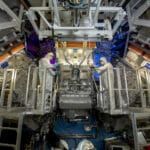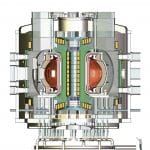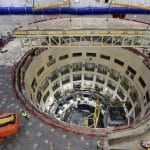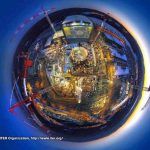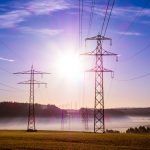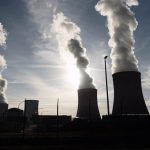Fusion’s greatest hits, as detailed in the Bulletin
By Dan Drollette Jr | April 30, 2019
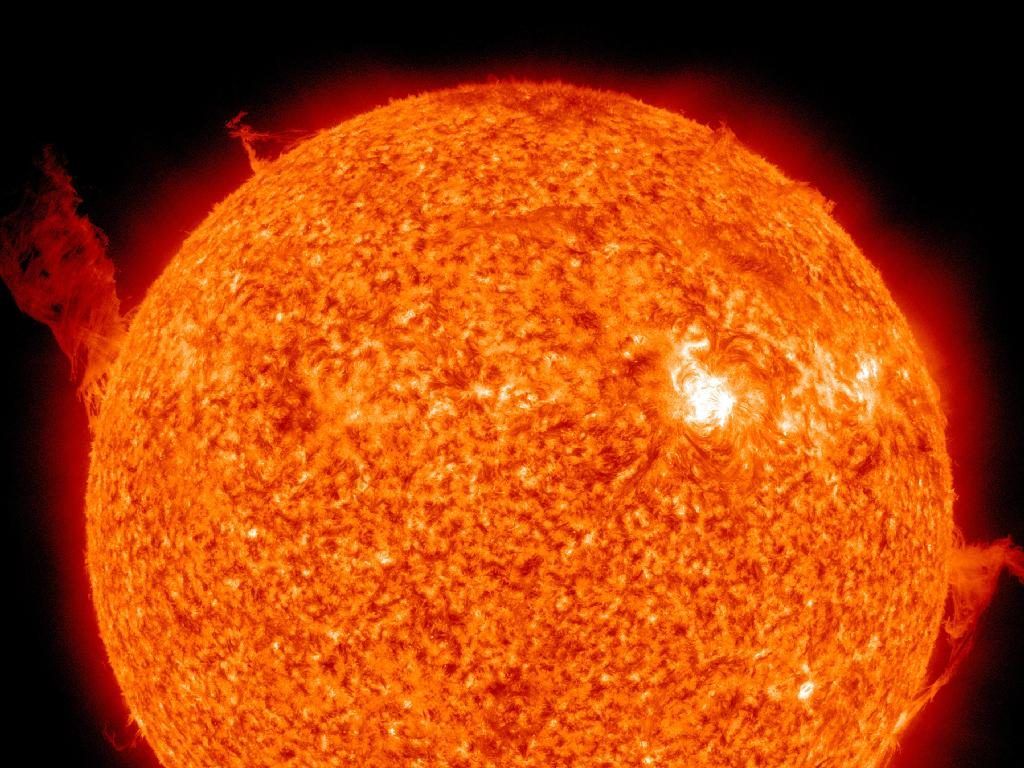 When two light atomic nuclei manage to overcome the forces that repel them, they can fuse together, releasing more energy than was required to start the reaction. This process is the force that powers the sun, whose source of energy is an ongoing fusion chain reaction. On Earth, the only place we have managed to sustain that reaction is in a hydrogen bomb. (Image of sun photographed in extreme UV light, courtesy of Solar Dynamics Observatory/NASA.)
When two light atomic nuclei manage to overcome the forces that repel them, they can fuse together, releasing more energy than was required to start the reaction. This process is the force that powers the sun, whose source of energy is an ongoing fusion chain reaction. On Earth, the only place we have managed to sustain that reaction is in a hydrogen bomb. (Image of sun photographed in extreme UV light, courtesy of Solar Dynamics Observatory/NASA.)
Is it the perfect energy source as some claim, capable of replacing all of today’s fission reactors with their problematic features? Or a showcase for the drawbacks of a technology? Is it a field too closely tied to nuclear weaponry—or something that has brought one-time enemy researchers together? A waste of research money, or a vital part to understanding our universe?
Or is it all the above?
“It” is the effort to make fusion into an everyday energy source, something which has been a topic of interest ever since the 1952 detonation of the first hydrogen bomb—also known as the Super—demonstrated the awesome power that could be released by mimicking the thermonuclear processes that go on in the sun, where hydrogen ions fuse together at temperatures exceeding 100 million degrees Fahrenheit to release energy. (The necessary temperatures in the hydrogen bomb were only achieved by using the tremendous heat generated in the full scale explosion of a more traditional fission bomb—roughly speaking, essentially using the energy released from the splitting of atoms in one bomb to supply the conditions necessary to fuse atoms together in another, bigger bomb and release even more energy.)
The sight of all that energy in action was stunning, as was the thought of turning it towards something other than blowing things up.
The rocky road that followed has been the focus of intense debate, recorded in the pages of the Bulletin of the Atomic Scientists in the form of decades of essays, research analyses, interviews, original drawings, pictures, charts, and descriptions by some of the most noteworthy names in fusion energy research. Responding to reader requests, we have collected here in a single place a collection of some of the highlights of the Bulletin’s coverage of fusion energy research.
>Read more: Fusion Energy collection
Together, we make the world safer.
The Bulletin elevates expert voices above the noise. But as an independent nonprofit organization, our operations depend on the support of readers like you. Help us continue to deliver quality journalism that holds leaders accountable. Your support of our work at any level is important. In return, we promise our coverage will be understandable, influential, vigilant, solution-oriented, and fair-minded. Together we can make a difference.
Keywords: ITER, Nuclear Fusion Energy, fission, fusion research
Topics: Fusion Energy


